
views
X
Research source
You can give raw catnip to cats (it's 100% safe), but making a catnip tea and dispensing it in a spray bottle is an especially fun and easy way to play with this substance.
Making the Spray

Get your hands on some catnip. The easiest way to do this is simply to buy it. Catnip will be available at most pet stores. You may be able to find catnip at hardware and grocery stores with a "Pets" section. Catnip is also available for order online. Wherever you buy from, it's fairly cheap — a small container will rarely cost you more than $10. If you're a gardener, you can also get catnip seeds from many garden supply stores for much cheaper. Plant the catnip plants in the early spring and harvest the leaves at any point during the growing season.
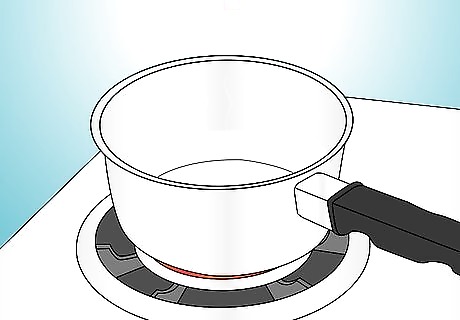
Boil a pot of water on the stove. The spray you'll make for your cat in this section is actually a sort of "tea" that's been allowed to cool. Like any tea, your first step should be to boil some water. The exact amount of water you use doesn't matter that much — the more you use, the more dilute the spray will be. If this is your first time, you may want to try boiling about four to five cups to start and adjust the recipe as you wish in the future. If you have an actual teapot, you may want to use it for convenience here. If you don't, no need to worry. A small saucepan also works well.
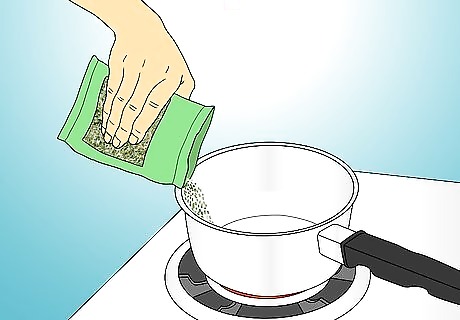
Add the catnip to the water. When the water reaches a steady boil, remove it from the heat. Let it cool for a minute or two to about 80 degrees C (176 F). Next, add your catnip: about one teaspoon of dried leaves or one tablespoon of fresh catnip. There are a few ways you can do this: If you have a metal tea ball or infuser, put the catnip inside it, then lower it into the water. If you don't have these sort of tea accessories, you can just dump the catnip in and strain it out later.
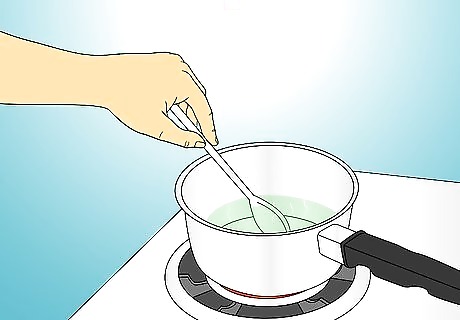
Let the catnip steep. Now, all you need to do is wait. Over the next few minutes, the catnip leaves will release their inner chemicals into the water, including the active ingredient nepetalactone. You should notice a slight change in the color and smell of the water. If you wish, you can also stir the water every few minutes to distribute the catnip throughout.
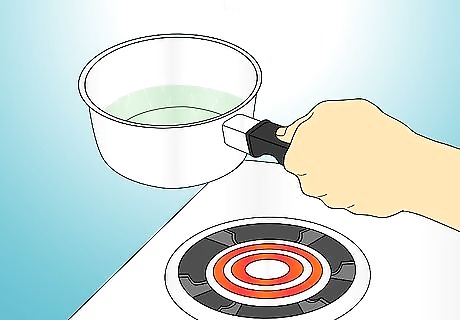
Remove the catnip and allow the tea to cool. The tea should be ready after about five to seven minutes. The longer you let the catnip sit in the tea, the stronger it will get, so don't forget to remove it! After, let the tea cool to room temperature. If you used a tea ball or infuser, you can just pull it out of the water. If the leaves are floating directly in the water, pour the tea through a strainer into another container to remove them. If you don't have a strainer, you can use cheesecloth or a coffee filter.
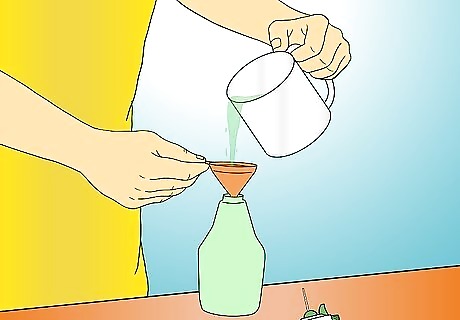
Add the tea to a spray bottle. Now, just pour the tea into a clean plastic spray bottle and it's ready to use! You can use one that you already have or buy one from most department stores for extremely cheap. If you're reusing a spray bottle, be sure to thoroughly wash it and allow it to dry before using it for catnip purposes. Don't reuse containers that originally contained caustic cleaners like bleach or ammonia. Store leftover tea in an airtight container in the fridge.
Using the Spray

Spray the catnip to make your cat "freak out". Your new catnip spray can be used in a wide variety of ways. In general, anything you spray it on will make the cat "go nuts" when the cat goes near it, touches, or smells it. This can make it fun for your cat (and you) if you use the spray on your cat's favorite objects. A few suggestions are below! Play it safe with your spray at first. Start off with just one or two sprays, then judge your cat's reaction and give more sprays as needed.
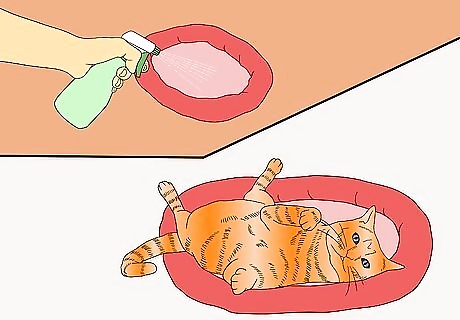
Spray the catnip on the cat's bedding. One great idea is to give a few sprays in the place where your cat usually sleeps. When the cat eventually comes here, it will have a comfortable spot to jump, roll around, and otherwise wig out. The soft bedding will feel especially good as the cat rubs itself against the sprayed surfaces.
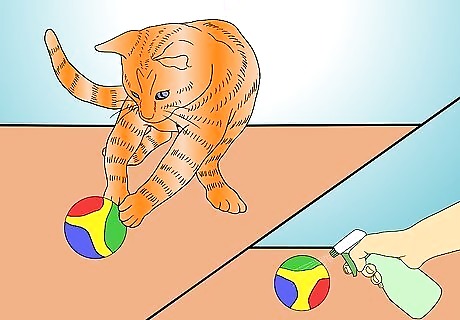
Spray the catnip on the cat's toys. Another good idea is to spray things like chew toys, rag dolls, scratching posts, and so on. The toys may become irresistible to the cat, leading to intense, frantic playing followed by periods of "spacing out".

Spray the catnip on the cat's food. This can mealtime a delightful surprise! It's completely safe for your cat to eat food that has been sprayed with catnip. However, be aware that your cat may be tempted to make a mess when it starts to feel the effects.
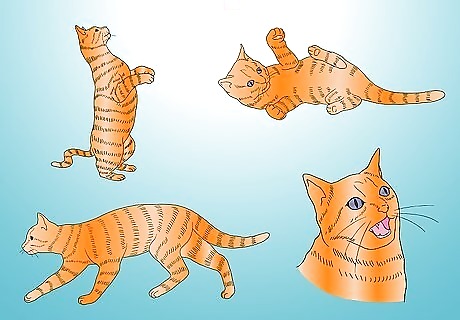
Be ready for your cat to act bizarrely! If you've never seen a cat play with catnip before, you may be shocked to see how your cat reacts to your spray. To put it bluntly, catnip makes cats act like they're drunk or "high". The substance is somewhat unpredictable and different cats may react differently to it. However, certain reactions are common. If you see these, don't worry — your cat will be much calmer in a few minutes and should be back to normal in an hour or two: Loud meowing Rolling and writhing against the catnip Hyperactive running and playing Weird movements and gestures "Spacing out" — standing still and staring at nothing
Know which usages to avoid. Catnip is usually good, safe fun for your cat — unlike alcohol and other human drugs, it's completely non-toxic to cats. However, this doesn't mean that any use of catnip is a smart idea. See below: Don't spray catnip directly onto a cat (especially into its face). This can be too intense and may irritate the cat's eyes. Don't play with catnip in dangerous areas (like near dropoffs, fragile objects, fires, and so on). Remember that it's common for catnip to make cats act wild and foolish. Don't play with catnip more than about once per week. Using it more often isn't dangerous, but it can make it less effective over time.



















Comments
0 comment